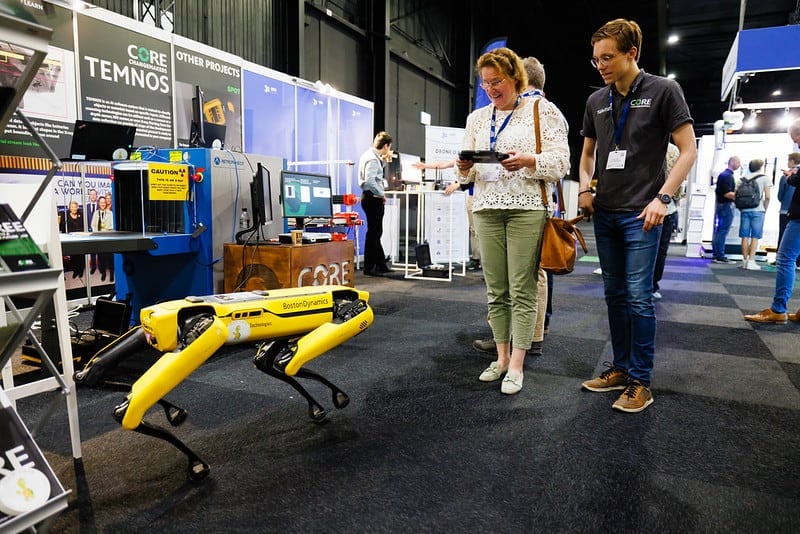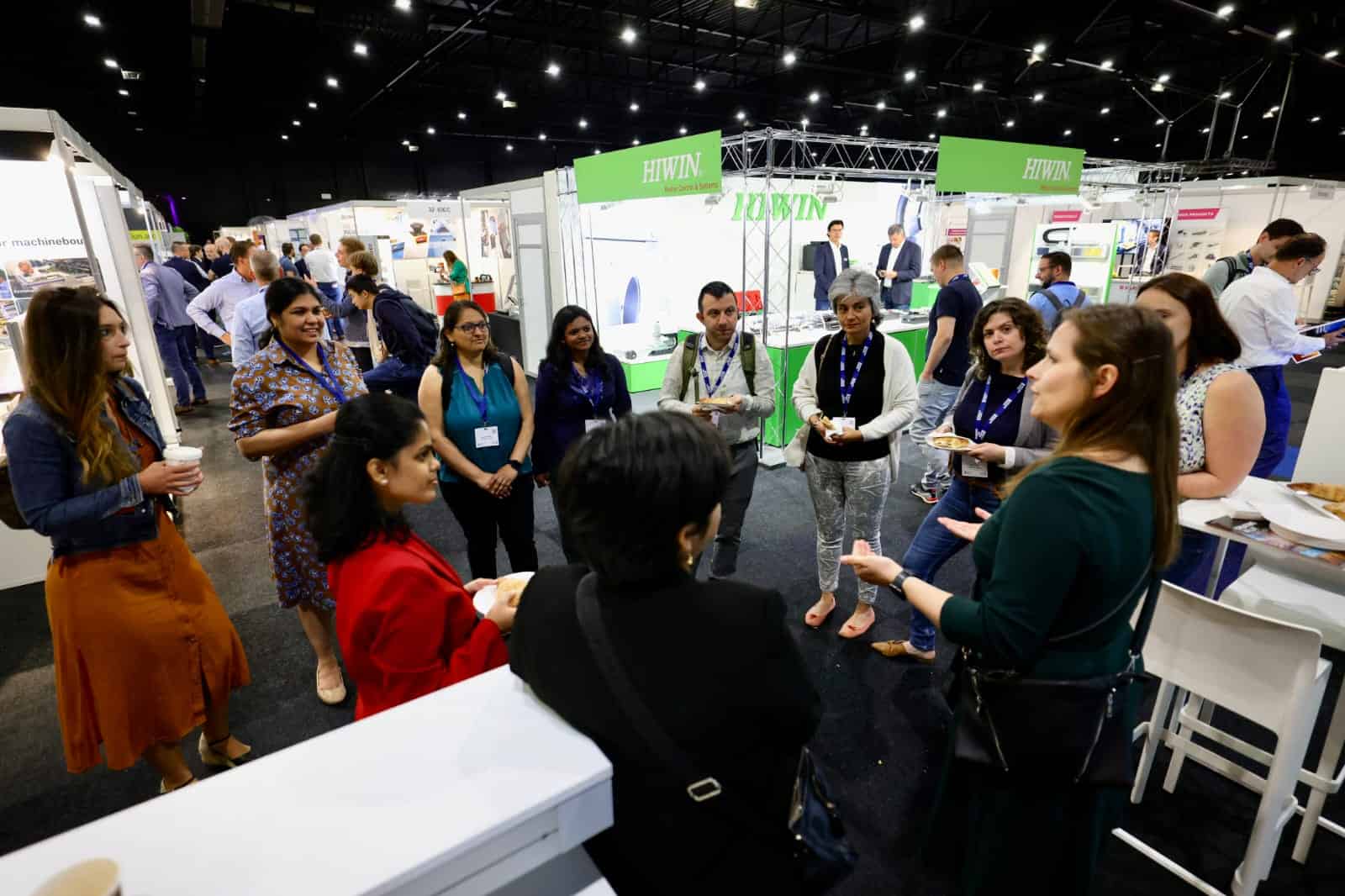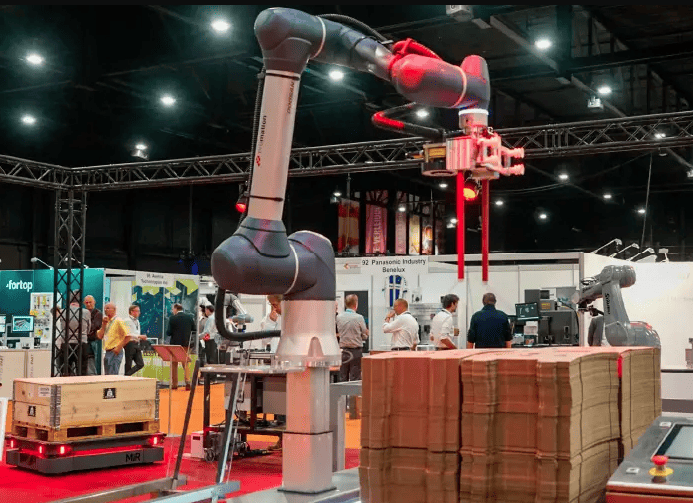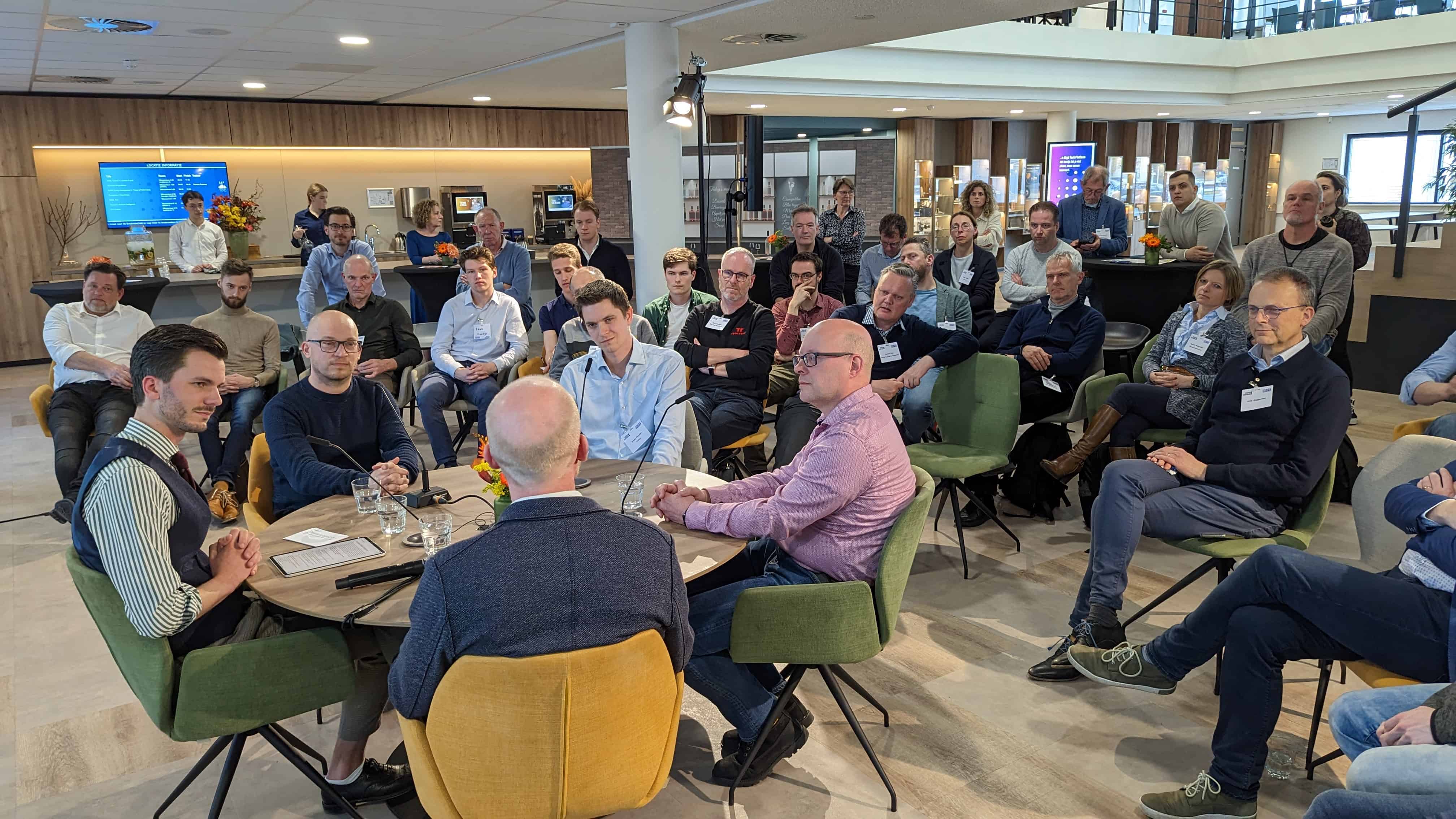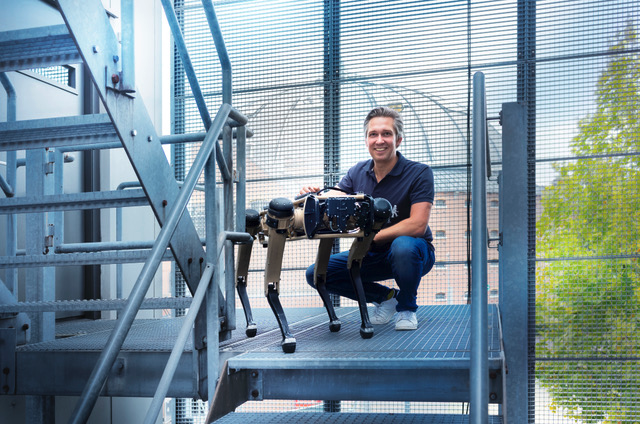
The business community is currently grappling with the shortages in the labor market. This also applies to small and medium-sized enterprises (SMEs). Moreover, our rapidly changing world is also demanding a different, digitalized way of manufacturing.
“The Netherlands is in the top 5 most innovative countries,” says Thijs Dorssers, manager at Holland Robotics. “However, in terms of robotization, in other words, its integration and the number of robots per working Dutch citizen, we are not even in the top 10. While such an integrated industrialized system, in which vision technology, robotics and motion control are all cleverly linked together, is precisely what companies also stand to benefit the most from.”
By integrating their digital processes, companies are not only able to solve the dire staff shortages, but also improve their production processes. For example, according to Dorssers, robots and cobots, as in collaborative robots, can take all kinds of tasks off the hands of workers in sectors where they are already very short-handed. Especially when it involves – literally – doing the dirty work and performing heavy and boring, repetitive tasks.

Two year payback period
Still, according to Charlotte de Jong, event manager of Vision, Robotics & Motion, digitalization remains a bit “too far removed from their comfort zone” for SMEs.
For his part, Dorssers also sees in actual practice that although companies realize that they have to take steps in this direction, they often still find it difficult to do that. According to Dorssers, this hesitation has to do with the costs on the one hand, and the lack of expertise on the other. “Companies have the impression that it is all extremely expensive, while they also lack knowledge about what options are possible. They don’t know what the added value is of making such an investment.”
Companies should therefore not be fixated on the costs, but should look at the business case, Dorssers believes. “In actual practice, you can see that by using robotization, you will recoup the costs within 1 to 2 years,” he says. “Then it’s a no-brainer for companies to then go ahead and robotize.”
However, a prerequisite for taking a step with automation is that companies should have their basic digitalization in good order, such as office processes and digital administration, Dorssers warns. “Take the implementation of a robot. If you have not organized your basic digitalization properly, then there is no point in buying a robot. It will soon be left to languish in a corner.”

Opportunities
For companies active in sectors such as metal, machine and equipment construction, chemistry, pharmaceuticals and plastics, as well as agriculture, food and horticulture, there are plenty of opportunities and ways to benefit from integrated systems. In the last five years, for example, major digitalization efforts have been underway in the logistics sector, and in recent years significant steps forward have also been made in the agricultural sector.
De Jong: “For example, robots are used to grow asparagus, weed and cut the leaves of tomato plants so they are able to grow better. Drones are also used to fly over forest areas to see which trees need to be replaced. It’s very impressive to see what’s all possible these days!”
While some sectors are already well on their way with the digitalization of their processes, developments in other sectors are just getting off to a slow start.For example, healthcare, where experiments are already being carried out with ‘robot cuddlers’ to alleviate loneliness, far more is possible. The hospitality sector, which, like healthcare, is currently facing severe staff shortages, also stands to benefit from the use of robots.
Restaurants
De Jong: “At the moment that is a serious problem. Sometimes restaurants even have to close their doors because they can’t find enough people. Digitalized systems are is already being used for taking orders.”

Although for the hospitality sector, providing people with good hospitality will always come first, Dorssers says you could also use robotics there to support human staff. “You’re dealing with a lot of repetitive actions there that we’re already familiar with from the food sector. On the front-end, hospitality must remain a priority, but you could automate a lot more on the back-end. Like clearing tables or as an extra help for the waiters. You sometimes see waiters walking back and forth with a heavy tray full of plates and glasses. Those kinds of tasks could very easily be taken over by a serving robot.”
Knowledge alongside actual practice
Although the trade fair is primarily aimed at SMEs working in the logistics, agro, industry and healthcare sectors, the Vision, Robotics & Motion 2022 trade fair definitely has something for everyone.
Several lectures are scheduled, including on robotics, and there are workshops devoted to deep learning and modular design. Two demo plazas have also been set up, where visitors can experience how the showcased innovations actually work. De Jong: “This will enable SMEs to imagine how they could use these themselves to improve their processes.”
From vision and optics, robotics and motion control to machine learning and data science solutions: at the Vision, Robotics & Motion 2022 trade fair, participants can gather information, find inspiration, see solutions and connect with suppliers. In addition, use cases and examples from other SMEs will also be shown.
Dorssers: “The trade fair brings together all of the knowledge available in the Netherlands concerning integrated industrialized systems, as well as the products in that area that are currently for sale. Participants can see what is already possible in the field of automation right now. So that they can implement it tomorrow in their company.”
The Vision, Robotics & Motion 2022 trade fair will take place on June 8 and 9 in the Brabanthallen in Den Bosch.


